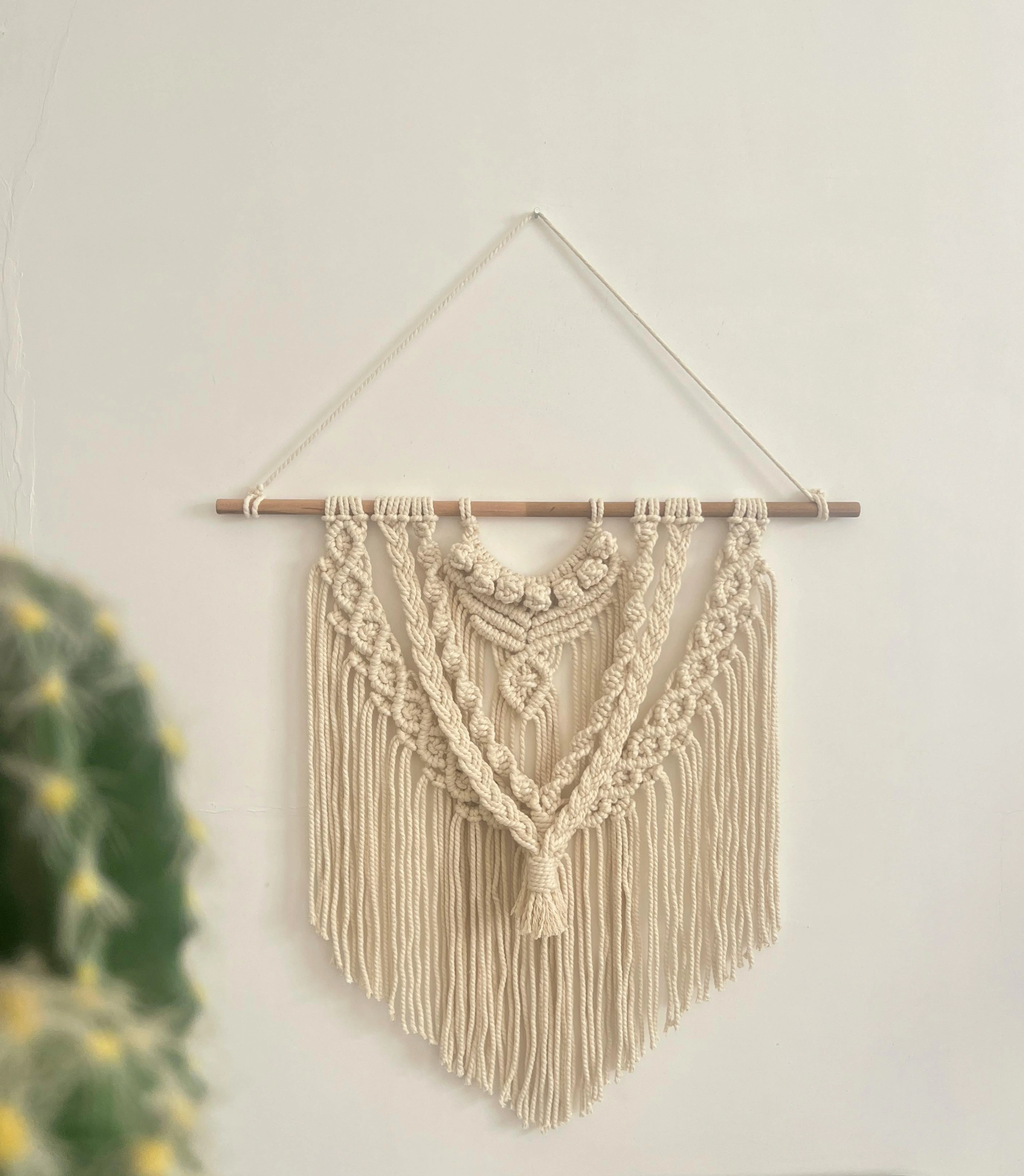
The Arts & Crafts Movement: Enduring Legacy of Handcrafted Beauty
Explore the Arts & Crafts Movement's rebellious spirit, its core principles of honest craftsmanship, and its lasting influence on modern design, sustainability, and the profound joy of handmade art in a machine age.
The Arts & Crafts Movement: Handcrafted Beauty's Enduring Legacy in a Digital World Today@article-start#
I often find myself musing about the objects that fill our lives, the tangible items we interact with instinctively. How much thought goes into their creation? Is there a story behind them, or are they just... there? It's a question that brings me back, time and again, to a particular moment in art history: The Arts and Crafts Movement. It wasn't just a style; it was a deeply personal, almost rebellious, cry for beauty and meaning in a world increasingly dominated by machines. And honestly, it’s a sentiment I understand far more than I sometimes let on, especially as an artist in this fast-paced digital era where my own abstract art often seeks to capture a raw, authentic human touch, much like the movement advocated for. There's a profound satisfaction, a quiet hum of joy even, in seeing the trace of a hand, a deliberate decision, in something that exists in the world, whether it's a painting in my museum in 's-Hertogenbosch or a simple wooden spoon, a sense of grounded reality often missing in the age of algorithms. This enduring relevance is exactly why we're still talking about it today, and why I can't help but draw parallels to our own contemporary struggles for authenticity.
Why They Yelled 'No!' to the Assembly Line: A Stand Against the Machine
Imagine, if you will, the late 19th century. Industrialization is roaring, factories are churning out goods at an unprecedented rate, and suddenly, everything looks... the same. Mass-produced, often shoddy, and stripped of the human touch, these items were a stark contrast to the durable, lovingly made pieces of previous generations. Think of furniture with poor, hidden joinery that would quickly fall apart – literally glued-together particle board disguised with cheap veneers, not solid, honest construction. Or textiles made with garish, artificial dyes that faded unnaturally and flimsy weaves that barely held shape—a far cry from the rich, natural tones and honest construction the movement championed. This is the world that artists, designers, and thinkers of the Arts and Crafts Movement looked at and said, "No, thank you." They even formed groups like the Arts and Crafts Exhibition Society to showcase the superior quality of handmade goods and counter the industrial onslaught.
They saw a profound loss of quality, dignity, and artistry in the shift from skilled craftsmanship to assembly lines. But it was more than just aesthetics; it was a deep concern for the human cost. Factory workers, often including women and children, faced grueling hours, abysmally low wages, and dangerous conditions – imagine open machinery, poor ventilation, and the hidden dangers of lead paint in some industries, like in the production of brightly colored toys or paints for homes. They performed repetitive, mind-numbing tasks, their creative autonomy non-existent; they were simply cogs in a machine. Their work offered little personal fulfillment, a stark contrast to the pride of a skilled craftsperson creating something beautiful from start to finish. The movement's rejection of mass production, therefore, was a defiant embrace of the human hand, the individual spirit, and the inherent beauty of natural materials. It was a call to return to a time when objects were made with care, intention, and a deep understanding of craft, ensuring dignity for both the maker and the user.
If you're ever pondered what is design in art or sought a comprehensive guide to the elements of design, you'll find the Arts and Crafts movement offers a powerful, foundational perspective on creating objects that are both beautiful and functional, reminding us that good design starts with purpose and integrity.
Feature | Industrial Production | Arts and Crafts Ideal |
|---|---|---|
| Focus | Speed, Quantity, Low Cost | Quality, Beauty, Ethical Production |
| Materials | Cheap, often disguised, synthetic | Honest, natural, local, celebrated for inherent qualities |
| Labor | Repetitive, dehumanizing, poor conditions | Joyful, skilled, dignified, fair wages |
| Aesthetics | Uniform, mass-produced, often shoddy ornamentation | Unique, handcrafted, beauty from function and material |
| Impact on Maker | Alienation, lack of fulfillment | Pride, personal expression, community |
It's All in the Details (and How They Were Made): Principles That Shaped a Movement
What exactly did this "return to handcrafted beauty" entail? Well, it wasn't just about making things by hand. It was a much deeper philosophical stance, a set of principles that guided every aspect of creation and fueled their opposition to industrial practices. These aren't just rules, they're expressions of a deeply held belief in meaningful work and honest living:
- Honesty of Materials: They believed materials should speak for themselves. Wood should look like wood, stone like stone. No hidden joins, no cheap veneers. It’s about celebrating the inherent qualities and textures of nature. For example, solid oak furniture often featured exposed dovetail or mortise-and-tenon joints, not just for strength, but as a visible testament to honest construction. In ceramics, glazes were often natural and celebrated their inherent variations, rather than being painted on to mimic something else. Metalworkers would leave the hammer marks on copper or brass, showcasing the material's malleability and the effort of its shaping. This transparency was a direct rebuke to mass production's tendency to disguise poor quality with superficial finishes, like painting cast iron to look like bronze.
- Simplicity and Utility: Elaborate, fussy ornamentation was out. Form should follow function, and beauty should arise from well-made, practical objects. This isn’t to say they weren’t ornate in their own way, but it was an ornamentation that grew organically from the material and process – like the subtle carvings on a chest that also reinforced its structure, or decorative metalwork that doubled as a functional handle. In textiles, patterns were often intricate but integrated into the weave, not simply printed on. It was about inherent beauty, not superficial decoration that could easily be applied to hide flaws.
- The Joy of Labor: Perhaps the most radical idea was the belief that the maker should find joy and fulfillment in their work. This was a direct rebuke to the dehumanizing conditions of factory labor. Each piece was a testament to the artisan's skill and dedication, embodying a sense of purpose and pride often absent in the industrial world. I know for myself, there's a unique satisfaction, even a quiet hum of joy, that comes from the slow, deliberate process of making something with my hands, whether it's a painting for sale or mastering a new abstract technique. It’s the feeling of overcoming a challenge, of seeing an idea manifest through your own effort, that factory work rarely offered.
- Social Reform and Accessible Beauty: For many, the movement was intertwined with broader social ideals, advocating for better working conditions, accessible beauty for all, and a more equitable society. Figures like C.R. Ashbee, who founded the Guild of Handicraft in London, put these ideals into practice, creating workshops where artisans shared profits and found dignity in their collective labor. Beyond Ashbee, many smaller cooperatives and guilds, some led by women, flourished, aiming to bring meaningful work and beautiful objects to a wider audience, though often struggling with the economic realities of handmade goods. William Morris, for instance, championed affordable wallpapers and textiles, believing everyone deserved beauty in their homes, even as the inherent cost of hand-production made true universal accessibility challenging. This social conscience, a desire to blend art with a sense of moral purpose and improve society, strongly echoes earlier movements like the Pre-Raphaelite Brotherhood and their own social critiques embedded in their art.
- The Gesamtkunstwerk Ideal (Total Work of Art): While not explicitly a principle in the same vein, many Arts and Crafts practitioners aspired to create a "Total Work of Art" – the German concept of a Gesamtkunstwerk. This meant designing not just individual objects, but entire environments, from the architecture to the furniture, textiles, and even the smallest household items, all in a unified and harmonious style. It was about creating a complete, integrated aesthetic experience where every detail, no matter how minor, contributed to the overall beauty and integrity of a space. Think of Mackintosh's Glasgow School of Art or Voysey's houses – every element was meticulously considered and designed to fit within a cohesive vision, ensuring that art permeated every aspect of daily life.
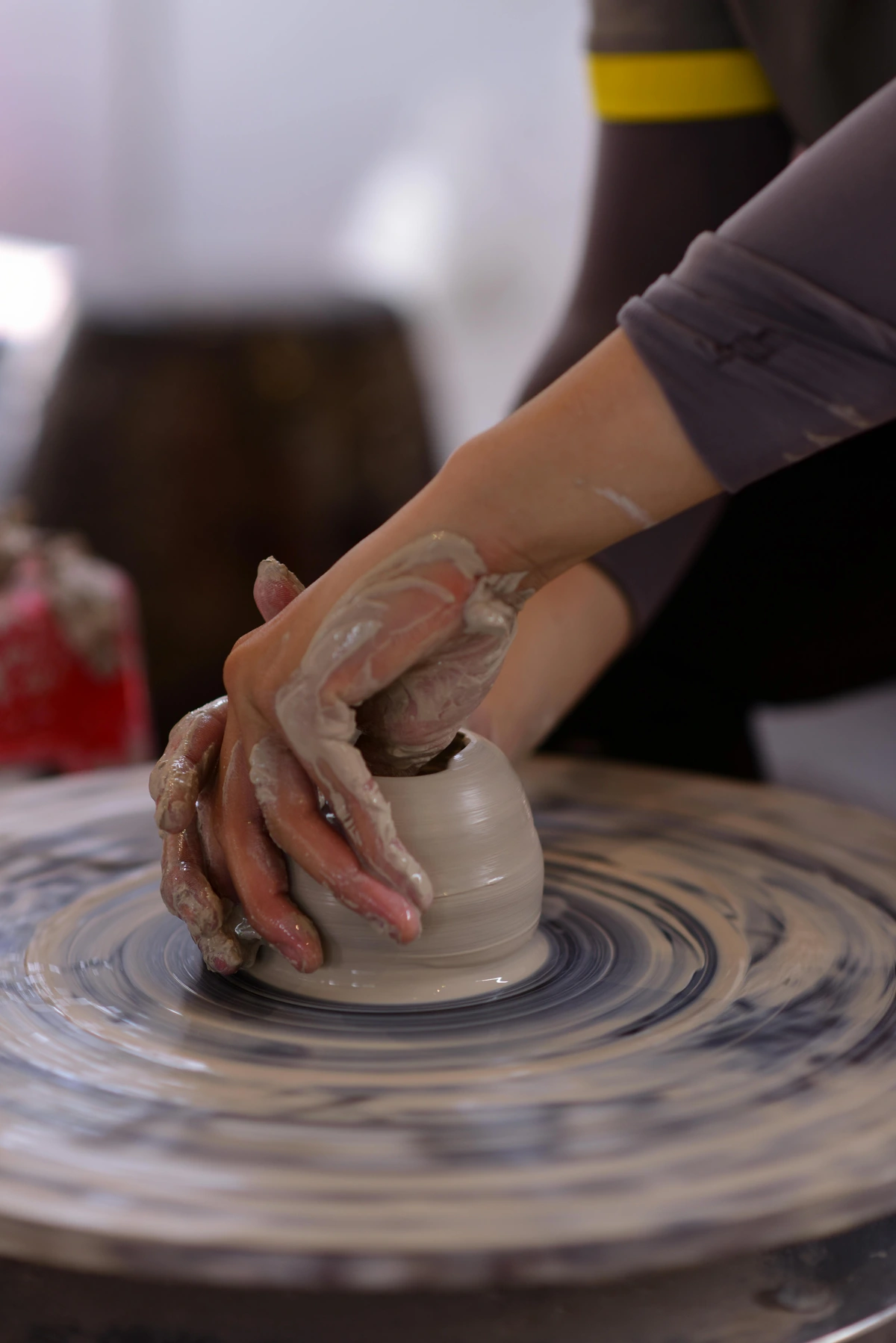
Voices of Influence: From Ruskin's Philosophy to Morris's Vision and Beyond
The philosophical bedrock of the Arts and Crafts Movement was laid by John Ruskin, an influential art critic and social theorist. Ruskin vehemently criticized the moral and spiritual decay he saw in industrial society, arguing that honest, joyful labor was essential for both the individual and society. He championed medieval craftsmanship, believing it fostered both quality and human dignity, directly influencing the movement's call for a return to ethical production and the value of the artisan. His ideas about the "unjust distribution of wealth" and the importance of meaningful work resonated deeply with the movement's founders, setting the stage for its practical applications.
When we talk about Arts and Crafts, one name inevitably pops up next: William Morris. A true polymath – artist, textile designer, poet, novelist, translator, and socialist activist. He was, to put it mildly, a busy man with a clear vision. Morris became the central figure and arguably the most visible face of the movement in England, championing handcrafted goods, drawing inspiration from medieval crafts and natural forms, and founding influential design firms like Morris & Co. His textile and wallpaper patterns, often featuring intricate floral and fauna motifs (like his iconic 'Strawberry Thief' design), are still instantly recognizable today, embodying the movement's aesthetic principles of natural beauty and integrated design.
But the movement’s influence branched out far beyond Morris. Thinkers and practitioners across different disciplines and geographies adopted and adapted its core tenets:
- Charles Rennie Mackintosh in Scotland developed a unique, elegant, linear style that blended Arts and Crafts principles with a touch of proto-modernism. His iconic furniture and architectural designs, like the Glasgow School of Art, showcased simpler, cleaner lines and a less ornate aesthetic than some of his English counterparts, pointing towards later modernist sensibilities while still valuing exquisite craftsmanship and integrated design.
- From America, Gustav Stickley and his
Craftsmanworkshops produced sturdy, functional, and unpretentious furniture, making Arts and Crafts aesthetics more accessible to a broader American public. His mission was to bring simple, well-made furniture into middle-class homes, exemplified by his honest, exposed joinery and solid oak construction. - In England, C.F.A. Voysey was renowned for his integrated designs, encompassing architecture, furniture, and textiles. His distinctive patterns often featured simplified natural forms and a sense of understated elegance, making his interiors feel cohesive and harmonious. His homes were complete works of art, every detail from the door handles to the fireplaces carefully considered.
- Walter Crane, an influential artist and book designer, brought the movement's ideals to children's book illustration and graphic arts, creating intricate and beautifully crafted volumes that elevated the art of the printed page through harmonious designs and strong moral narratives.
It’s fascinating how these individual voices, often working in vastly different mediums and geographical locations, came together to form such a coherent, influential aesthetic that spread across Europe and North America. In Germany, the Werkbund emerged, combining traditional craftsmanship with industrial production to improve product quality, while Austria's Secession movement (though more focused on artistic freedom and modernity) shared a similar holistic design approach and an appreciation for quality craftsmanship. Each added their own regional flair while adhering to the core philosophy, proving the adaptability and universal appeal of the Arts and Crafts ethos.
Crafting Across Disciplines: A Holistic Approach to Life
The beauty of Arts and Crafts is that it wasn't confined to a single art form; it was a holistic approach to living, an aesthetic that seeped into every corner of domestic life and public space. From intricately woven tapestries and wallpapers (often inspired by flora and fauna) to sturdy, elegant furniture with visible joinery, from delicate ceramics that celebrated natural glazes to stunning stained glass windows that diffused light beautifully, and even the design of books themselves – every item was an opportunity to apply these principles of honest material, skilled labor, and functional beauty.
Consider the everyday objects we now take for granted: lighting fixtures with hammered metal details (often copper or brass, left unpolished to show the hand of the maker), tableware adorned with hand-painted motifs, decorative tiles gracing fireplaces, and even garden layouts reflecting naturalistic forms. The movement also deeply influenced bookbinding, typography, jewelry design, and textile arts, with a particular emphasis on embroidery and weaving workshops, many of which were led by women like May Morris (William Morris's daughter) who were instrumental in elevating these crafts from domestic pastimes to recognized art forms. The Arts and Crafts movement aimed to create an entire environment where beauty and utility coexisted, where every element, no matter how small, showed evidence of thoughtful creation.
This holistic, intentional approach makes me think of my own work, particularly my journey with mixed media. While the aesthetics are vastly different, there's a shared spirit: the joy of bringing disparate elements together, the appreciation for texture, the intentionality behind every choice. When I choose to incorporate a specific material or technique, I'm thinking about its inherent qualities, much like Arts and Crafts artisans valued wood for its grain or metal for its malleability. Even in the abstract, there’s a human touch, a personal narrative woven in. It’s a bit like this piece, for example, where you can see the deliberate application of various textures:
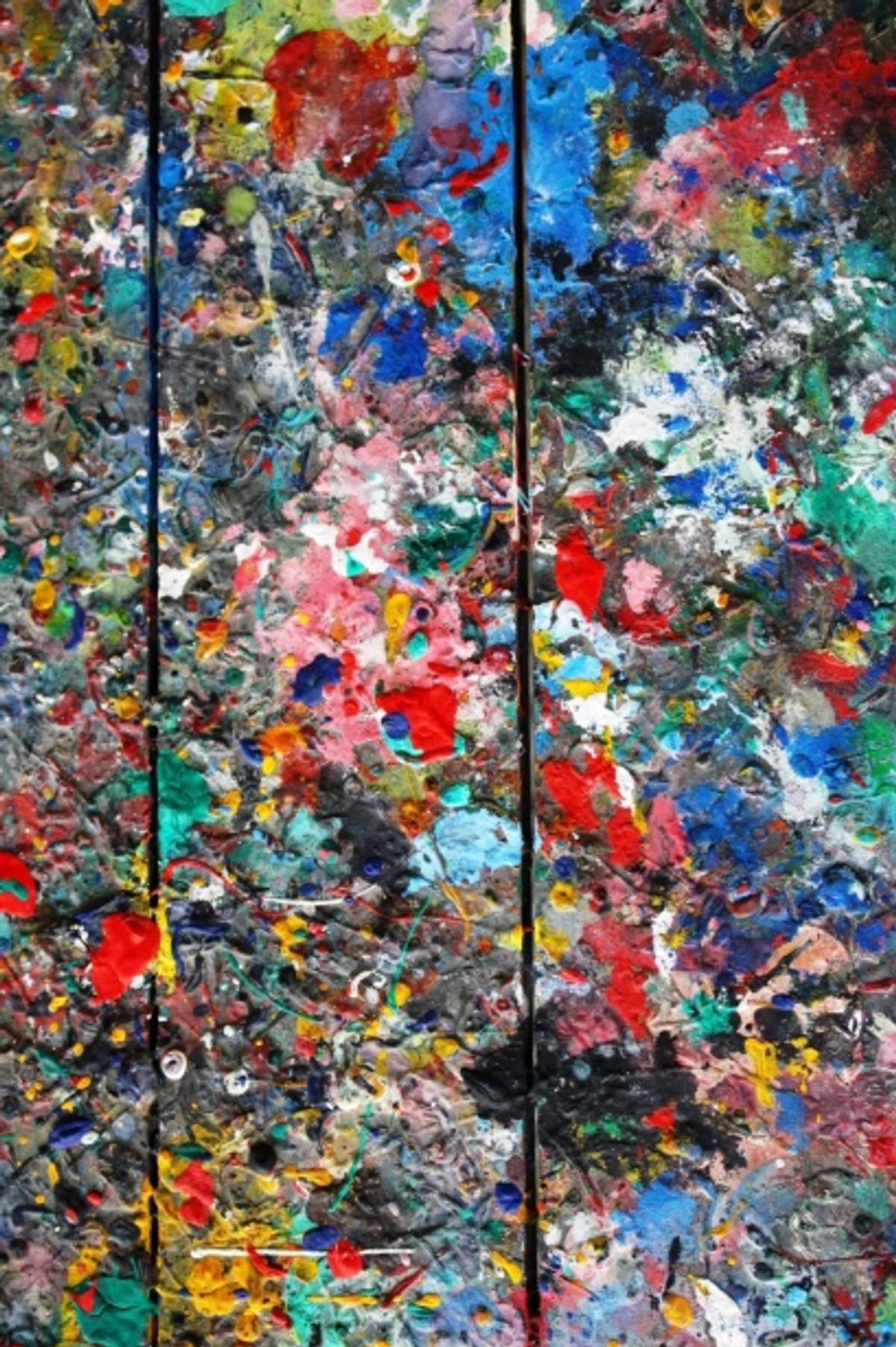
You see the textured surface, the handwritten elements, the slightly 'imperfect' lines that speak of a direct, unfiltered personal expression. It’s that raw, authentic connection that the Arts and Crafts movement valued so highly, a counterpoint to the sterile perfection of machine-made goods. My aim, whether it's a vibrant print you might find for sale or an original painting, is always to create something that feels grounded and real, a tangible output of a deliberate creative process.
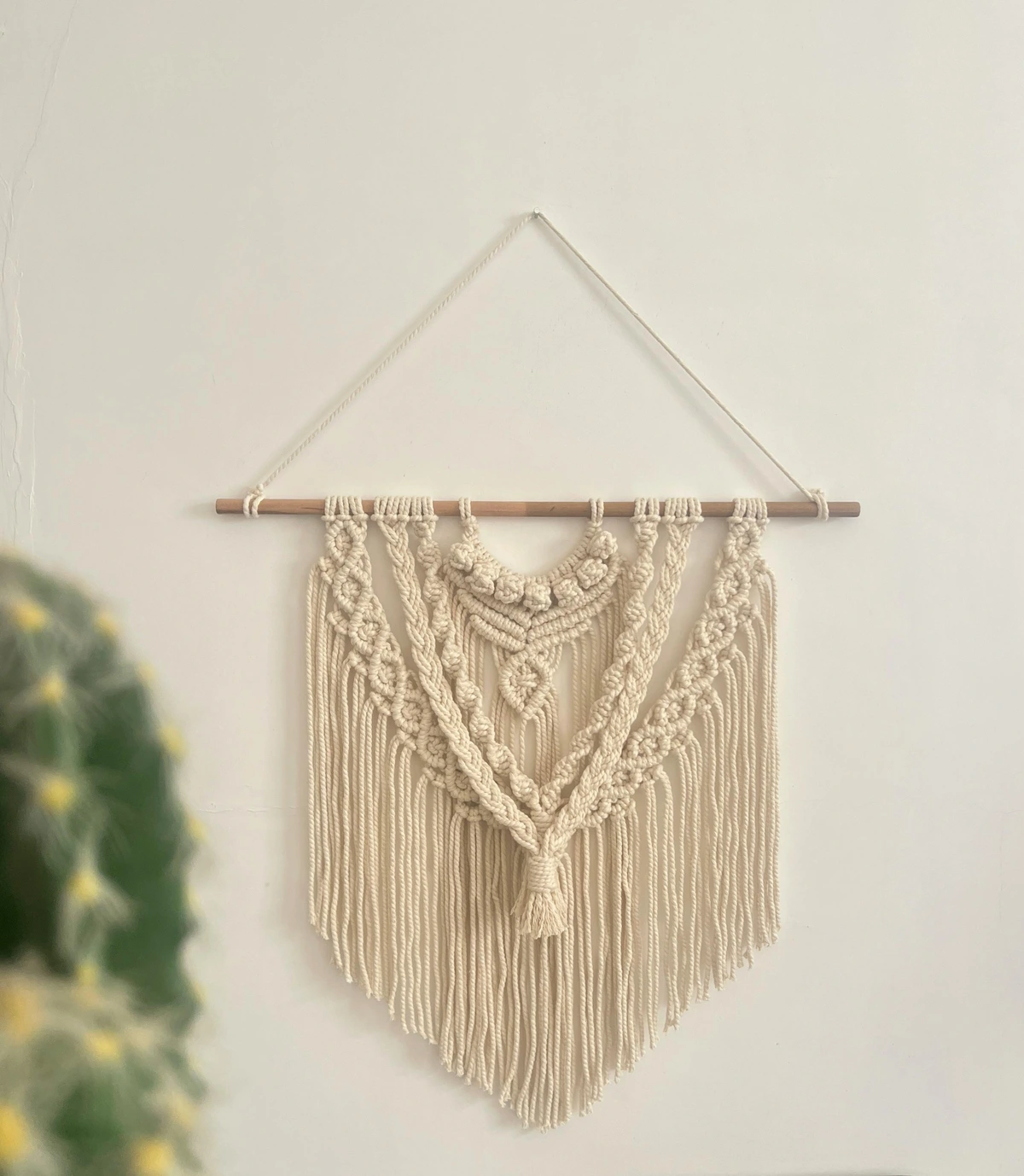
A Lasting Legacy: Why We Still Care Today
So, why does a movement from over a century ago still resonate so strongly with us? Well, I think it's because many of its foundational ideas were, and still are, profoundly human. In many ways, the Arts and Crafts Movement was a precursor to concerns we grapple with today, though it also faced its own limitations.
In an age of endless digital scrolls and instant gratification, the Arts and Crafts philosophy offers a comforting counter-narrative: the value of slow living, the appreciation of artisanal goods, and a renewed focus on sustainability and ethical production. "Slow living" here means not just making things slowly, but also thoughtfully consuming, taking time to appreciate the craftsmanship, and understanding the story behind an object. Its emphasis on durability, using locally sourced materials, and creating items that would last a lifetime also makes it a direct precursor to modern sustainable design principles. This approach inherently reduced waste (unlike the mass production of shoddy, disposable goods) and minimized the environmental impact of long-distance transport. We’re drawn to things that tell a story, things that carry the imprint of human hands. It’s a longing for authenticity, for objects that feel grounded and real. It's a reminder that even in my own abstract work, there's a deliberate human process, a journey, a craft behind it. And that, I believe, is part of what makes art truly connect. You can trace my own artist's journey and timeline and see how these threads of intentional creation weave through everything I do.
However, it’s worth noting that the movement wasn't without its critics or limitations. While aiming for beauty for all, the high cost of handmade goods often made them inaccessible to the working classes, leading to accusations of elitism. Artisans, though skilled, struggled to compete with the sheer volume and lower prices of factory-made items, often making their work a luxury. Its romanticized view of a pre-industrial past also sometimes overlooked the harsh realities of earlier eras, such as the prevalence of disease, shorter lifespans, and the sheer physical drudgery often involved in pre-industrial labor, which could be just as exploitative as early factory work, albeit in a different context.
Yet, despite these challenges, its core ideals endure and have profoundly shaped subsequent movements. For instance, while aesthetically a departure, its emphasis on integrated design, functionality, and the dignity of skilled craftsmanship can be seen as a precursor to the rationalism of Art Deco, which, with its celebration of geometric patterns and luxury materials, embraced a more streamlined, modern aesthetic that still valued quality over cheapness. And even more directly, its celebration of natural forms and handcrafted elements laid significant groundwork for Art Nouveau, a movement that also prioritized organic lines, decorative motifs inspired by nature, and a seamless blend of art into everyday life, albeit with a more fluid and less restrained aesthetic. Moreover, the appreciation for traditional forms and craft echoes in how artists draw inspiration from ancient cultures, much like the enduring influence of ancient Egyptian art on modernism. Its decline as a dominant movement was less about failure and more about evolution, with the rise of industrial design that began to embrace quality and functionality, along with changing aesthetic tastes and the increasing professionalization of design education, which the Arts and Crafts Movement itself helped to inspire through its emphasis on practical skills and the applied arts.
The Arts and Crafts Ethos in Action: Bringing It Home Today
So, how can we embrace the spirit of Arts and Crafts in our lives today, without needing to live in a perfectly restored 19th-century home? It's really about mindfulness and making conscious choices, reflecting a renewed appreciation for deliberate creation:
- Seek out the Handcrafted: Whether it's a locally made ceramic mug or a unique piece of wooden furniture, prioritize items that show the mark of a human hand. Platforms like Etsy or local artisan markets are thriving examples of this very ethos. You can literally feel the difference, the slight unevenness, the unique character. Consider attending a local craft fair or even a workshop to see the process firsthand and appreciate the effort.
- Value Durability and Quality: Resist the urge for disposable trends. Invest in objects built to last, items that you'll cherish for years, much like the Arts and Crafts movement's rejection of shoddy mass production. This isn't just about personal enjoyment; it's a crucial step towards sustainable consumption. Look for products with clear indications of quality materials and construction, perhaps even with repairability in mind.
- Connect with the Maker: Whenever possible, learn about the artist or craftsperson behind a piece. Understanding their process, their dedication, and their story deepens your appreciation for the object itself. It’s why I love sharing my own journey – it adds layers to the art. Many artisans welcome inquiries or offer insights into their creative process, often through social media or their websites.
- Embrace Imperfection: Machine-made goods aim for flawless uniformity. Handcrafted items inherently carry slight variations, small imperfections that tell a story of their creation. Learn to see these as features, not flaws – a unique fingerprint of the maker. It's something I celebrate in my own abstract pieces, where the brushstrokes and textures are intentionally visible, lending an organic, human quality.
- Support Local and Ethical Production: By choosing artisans and businesses that prioritize fair labor practices and locally sourced, sustainable materials, you're directly echoing the social reform ideals of the movement. It’s about making a positive impact with your purchasing power, knowing your choices support a more ethical supply chain and contribute to community well-being.
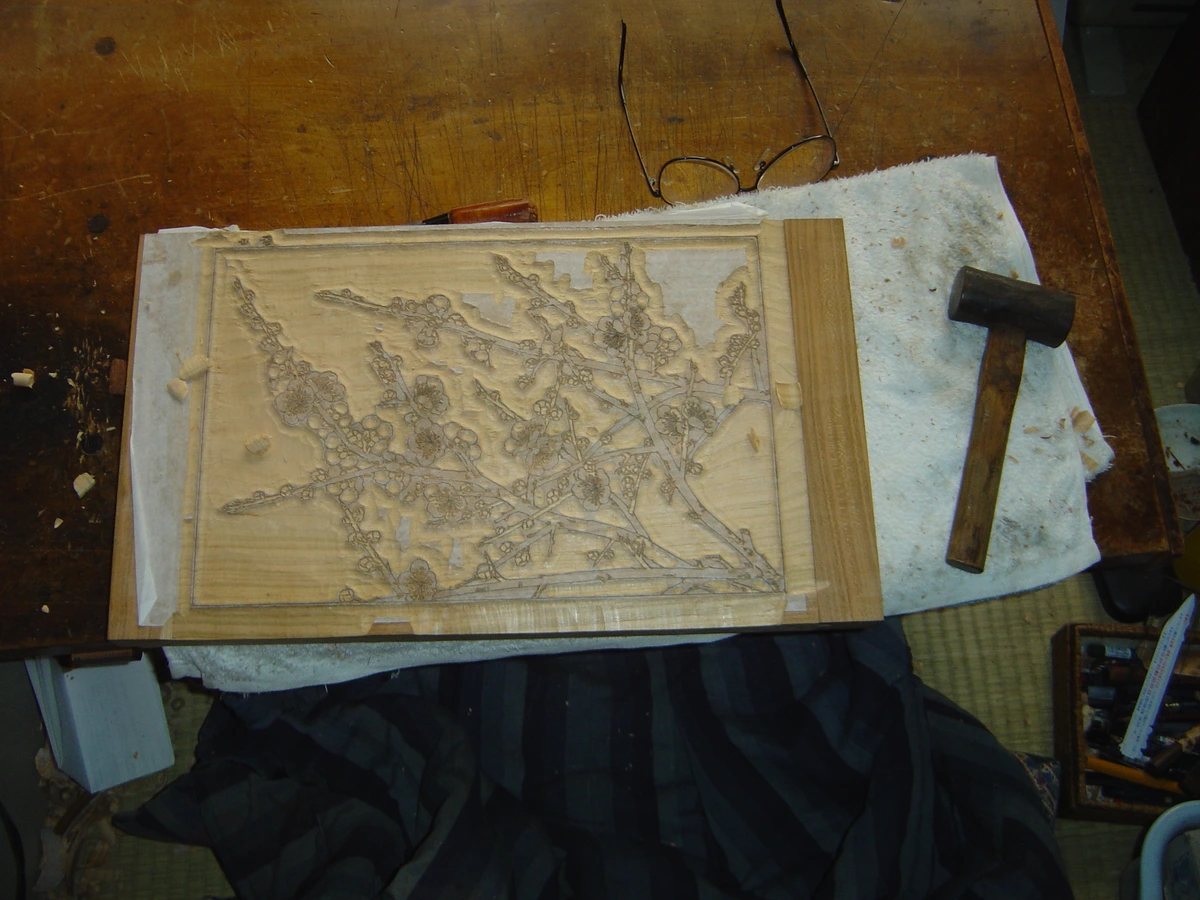
Frequently Asked Questions About the Arts and Crafts Movement
To help answer some common inquiries, I’ve put together a few thoughts here:
What was the main goal of the Arts and Crafts Movement?
Its main goal was to reform design and manufacturing, promoting a return to high-quality craftsmanship and handmade goods as a reaction against the perceived soullessness, poor quality, and exploitative labor practices of mass-produced industrial products. It also sought to elevate the status of the artisan, integrate art into everyday life, and foster a more ethical and fulfilling work environment. While the ideal was accessible beauty for all social classes, the inherent high cost of handmade goods often limited this ambition.
Who were some key figures in the Arts and Crafts Movement?
Key figures include William Morris, widely considered its central figure and a polymath; John Ruskin, whose writings heavily influenced its philosophical underpinnings; C.R. Ashbee, who founded the Guild of Handicraft; and influential architects/designers like Charles Rennie Mackintosh, Gustav Stickley, C.F.A. Voysey, and Walter Crane. Many other lesser-known but equally dedicated craftspeople across various disciplines, including prominent women designers like May Morris, also contributed significantly.
Where did the Arts and Crafts Movement originate?
The movement originated in Britain in the latter half of the 19th century, particularly from the 1880s, primarily as a response to the dehumanizing aspects of the Industrial Revolution. It then spread internationally to Europe (influencing movements like Art Nouveau, German Werkbund, and the Vienna Secession) and North America (especially the United States and Canada), adapting to local contexts and traditions.
How did the Arts and Crafts Movement influence later art forms?
While the movement itself had a relatively short peak, its emphasis on craftsmanship, natural materials, and the integration of art into daily life profoundly influenced subsequent movements. It directly inspired Art Nouveau with its shared appreciation for organic forms, decorative arts, and holistic design. It also laid groundwork for early Modernism through its focus on functionalism, rejection of superfluous ornamentation, and honesty of materials. Moreover, it anticipated contemporary movements focused on ethical production, sustainability, and artisanal crafts, and continues to inform fields like industrial design, architecture, and contemporary craft movements. Its ideals also influenced art and design education, promoting hands-on learning and the value of applied arts.
What was the role of women in the Arts and Crafts Movement?
Women played a crucial and often underestimated role, both as designers and craftspeople, and as patrons. Many found opportunities in crafts like embroidery, textile design, jewelry making, and pottery, which were often considered acceptable extensions of domestic skills. Figures like May Morris were central to the embroidery revival, and numerous women participated in guilds and cooperatives, contributing significantly to the movement's aesthetic and social aims, often gaining a degree of artistic autonomy and financial independence that was rare at the time.
Is the Arts and Crafts Movement still relevant today?
Absolutely. Its core tenets — valuing craftsmanship, natural materials, ethical production, and the beauty of handmade objects — resonate strongly with contemporary movements like slow living, sustainable design, and the thriving independent artisan market (think Etsy and local craft fairs). It's a powerful reminder that quality, integrity, and the human touch never go out of style, and indeed, are increasingly sought after in a world grappling with mass consumption and environmental concerns. Its critique of industrial dehumanization also offers a lens through which to view modern challenges in work and consumer culture.
My Final Thoughts: The Enduring Charm of the Handmade
Honestly, thinking about the Arts and Crafts Movement always leaves me with a renewed appreciation for the deliberate. For the time spent, the skill honed, the imperfect perfection that only a human hand can create. In a world that often prioritizes speed and efficiency above all else, there's a quiet rebellion in choosing something made with care. It's not just about aesthetics; it's about a philosophy of living, of appreciating the rich texture of life, one beautifully crafted object at a time. It’s about valuing the story and the hands behind what we bring into our homes, a direct echo of my initial musings about the objects that fill our lives. And perhaps, that's a sentiment we could all use a little more of. Even as I dabble in digital art, I find myself drawn back to the physical, to the messy joy of paint on canvas or the texture of wood. When I craft a digital piece, I'm often mimicking the layering, the brushstroke nuances, and the intentional 'imperfections' that give handmade art its soul. It's a testament to the fact that some things just need to be touched, to be made by hand, or at least to carry that undeniable echo of human effort. And if that makes me a bit of an anachronism, well, I can live with that. The enduring legacy of Arts and Crafts reminds us that true beauty often lies in the thoughtful, the authentic, and the human. @article-end#




